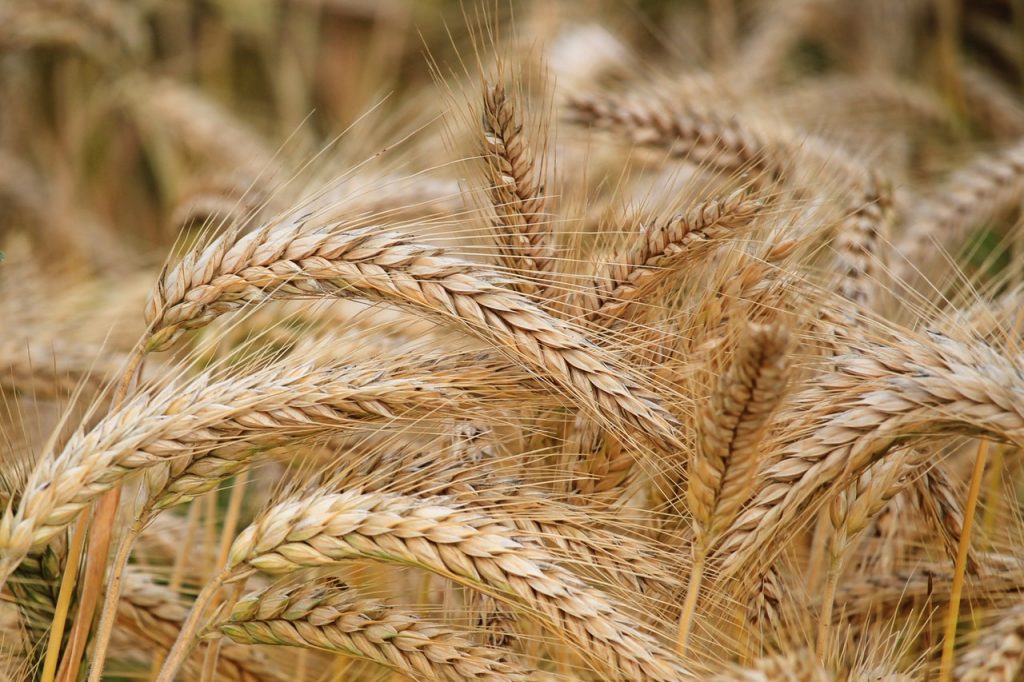Whole wheat products contain the starchy endosperm portion of the kernel, in addition to the nutrient-dense germ and bran. Unfortunately, in the refining process, the germ and bran are removed from grains, and fiber and several other nutrients are reduced or lost. Then, refined grains are commonly enriched by adding back certain nutrients, such as B vitamins and iron.

Why Eat Whole Wheat?
- Like other whole grains, whole wheat may reduce the risk of heart disease and diabetes.
- Certain compounds in wheat – such as phytochemicals and dietary fiber – may be protective against some cancers.
- Whole wheat products are high in fiber and contain other vitamins and minerals.
Types of Whole Wheat Products
- Wheat berries — This is the whole wheat kernel with the hull removed. Although the cooking time is long (about 40-60 minutes), wheat berries make a tasty side dish or addition to breads and salads.
- Whole wheat flour — This is the standard whole grain flour that is used to make a variety of baked goods, from breads and bagels to muffins and cookies. Whole wheat pastry flour is also available for quick breads and baked products where a lighter texture and flakier crumb are desired.
- Whole wheat pasta — This can be found in a variety of shapes and sizes. It has a slightly chewier texture but can be substituted for refined pasta in most dishes. The cooking time may be longer than traditional enriched pasta products.
- Bulgur — This is a type of parboiled wheat and therefore cooks quickly. It is well known for its role in the dish tabbouleh, but it can also be used in a variety of other dishes.
- Whole wheat couscous — This tiny “grain” is actually made of wheat flour and considered a type of pasta by some. It cooks very quickly and has a mild flavor, making it a convenient, versatile source of whole grain.
Did You Know?
There are several ways to tell if a food is a whole wheat product:
Look for the “Whole Grain Stamp” on grain products.
Read the ingredient list. The list should include the word “whole” before wheat. Example: Whole grain wheat flour; whole grain wheat; or 100% whole grain flour.
Check the Nutrition Facts label. If a product has 0-1 grams of fiber per serving, chances are it is not a whole grain.
Beware of marketing ploys:
Terms like “100% wheat,” “multigrain,” or “7-grain” do not necessarily mean a product is made using whole grains. You also cannot judge a bread by its color — some companies add coloring to white bread to make it look more like “wheat” bread.


